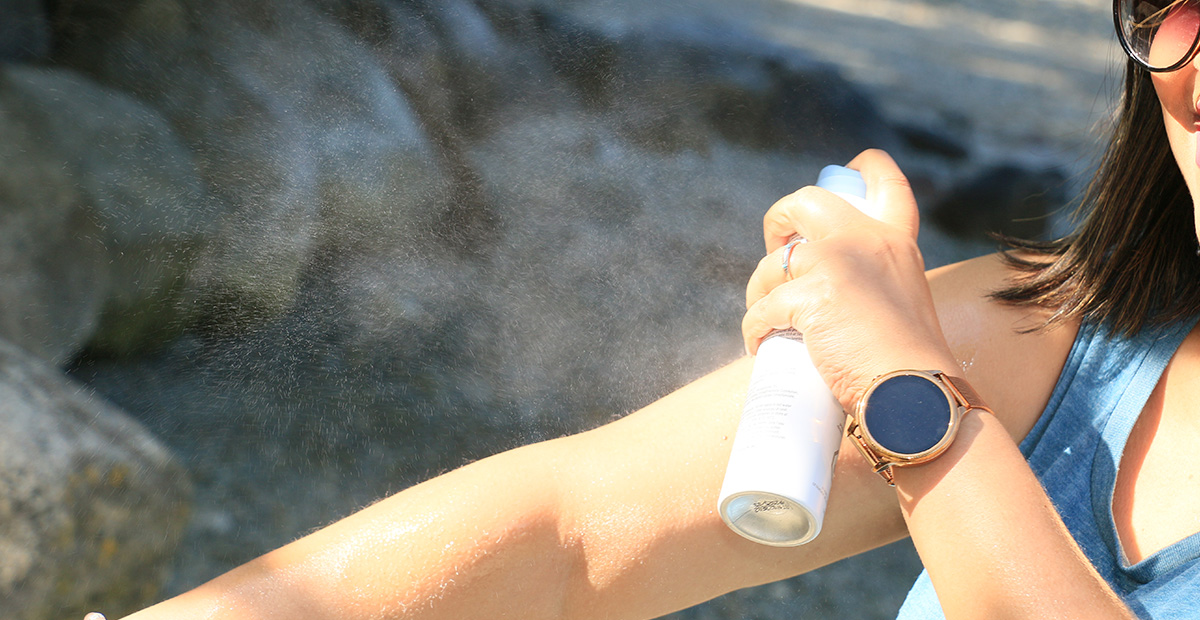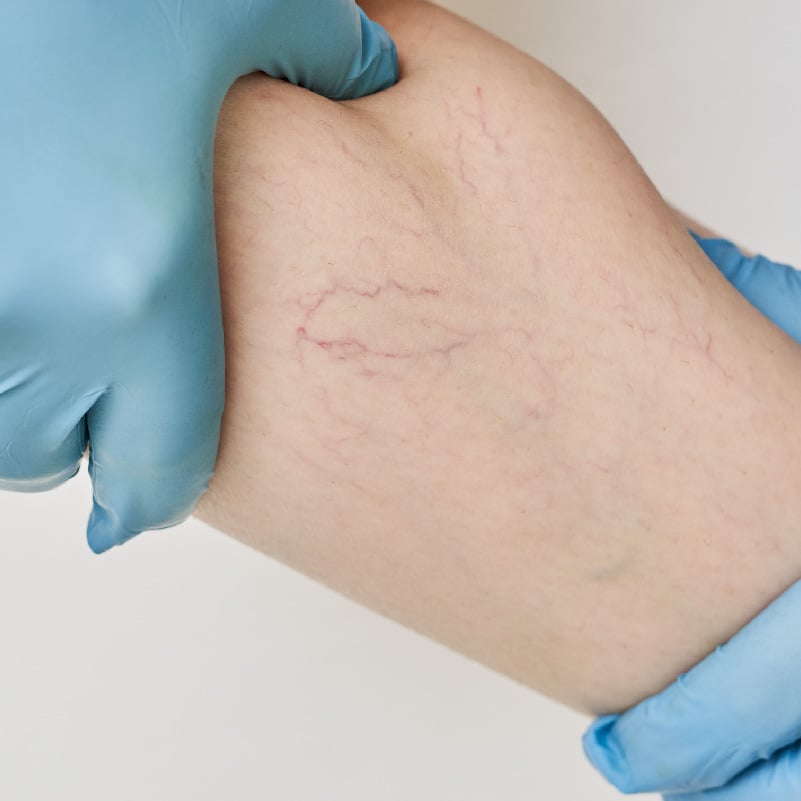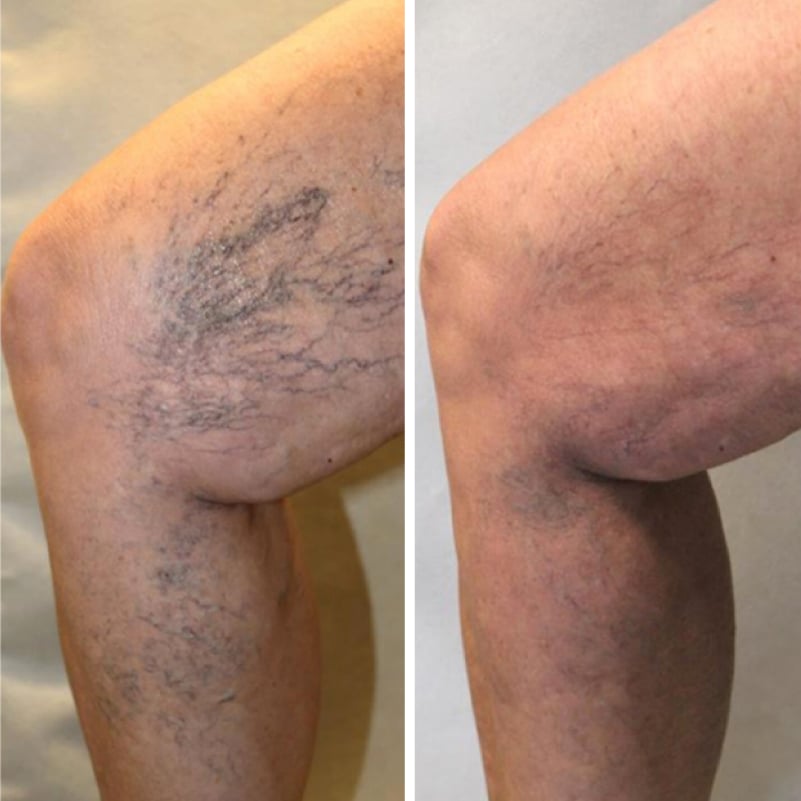Using sunscreen to protect your skin is always a good idea – but especially during the summer months.
Sunscreen comes in several different forms, including lotions and sprays. While lotion still accounts for the majority of sunscreen sales, sprays are beginning to grow in popularity, according to recent data.
For advice on whether lotions or sprays are more effective, we turned to Kristin Capuano, FNP-C, a board-certified family nurse practitioner with Genesee Valley Dermatology & Laser Centre in Brighton.
Are there differences between a sunscreen lotion and spray?
Sunscreen protects skin by absorbing or reflecting UV rays from the sun. The active ingredients in sunscreen are the ones that help to keep those rays out. You can find a list of all active ingredients in sunscreen on your sunscreen’s label. Some of these might include aminobenzoic acid, avobenzone, cinoxate, dioxybenzone, homosalate, meradimate, octocrylene, octinoxate, octisalate, oxybenzone, padimate O, ensulizole, sulisobenzone, titanium dioxide, or zinc oxide.
“We recommend using mineral-based sunscreens that contain zinc oxide or titanium dioxide over chemical sunscreens,” Capuano said. “They are often better for people with sensitive skin. Any sunscreen you use should offer broad spectrum protection, be water resistant, and be at least SPF 30 or higher.”
Sunscreen lotions and sprays have similar ingredients and offer protection from the sun. The main differences aren’t necessarily about the lotions or sprays; it’s about how people apply them to their skin. Lotions tend to be rubbed into the skin until the white color blends in with the skin, allowing for full absorption.
Sunscreen sprays are challenging because it can be hard to know how much is enough sunscreen to protect your body. Dermatologists with the American Academy of Dermatology recommend spraying until your skin glistens, then rubbing the sunscreen into the skin to get even coverage.
Sunscreen sprays also have aerosol chemicals that allow for them to be sprayed. These chemicals can be dangerous in two ways: possible inhalation and use near a heat source or open flame. Avoid using sprays near your face and heat sources.
The best way to apply sunscreen
Sunscreen should be applied every two hours, starting 15 minutes before going outside. Rub the sunscreen completely into your skin so it is absorbed; this will help to protect your skin better than only partially rubbing it in.
Most adults only need one ounce of sunscreen for their entire body – which is about the amount that could fit in a shot glass, according to the American Academy of Dermatology. Common areas that end up getting sunburnt from a lack of sunscreen are:
- top of the head
- tops of the ears
- back of the neck
- tops of the feet
Sunscreens are required by the FDA to keep their original strength for at least 3 years. Most sunscreens have an expiration date, so if your sunscreen is expired, throw it away and buy a new one so your skin is protected.
“The best sunscreens that protect your skin from sunburn have an SPF of 30 or higher and are used consistently,” Capuano said. “If your skin having a reaction to a new sunscreen, talk with a dermatologist about a different option with different ingredients.”









